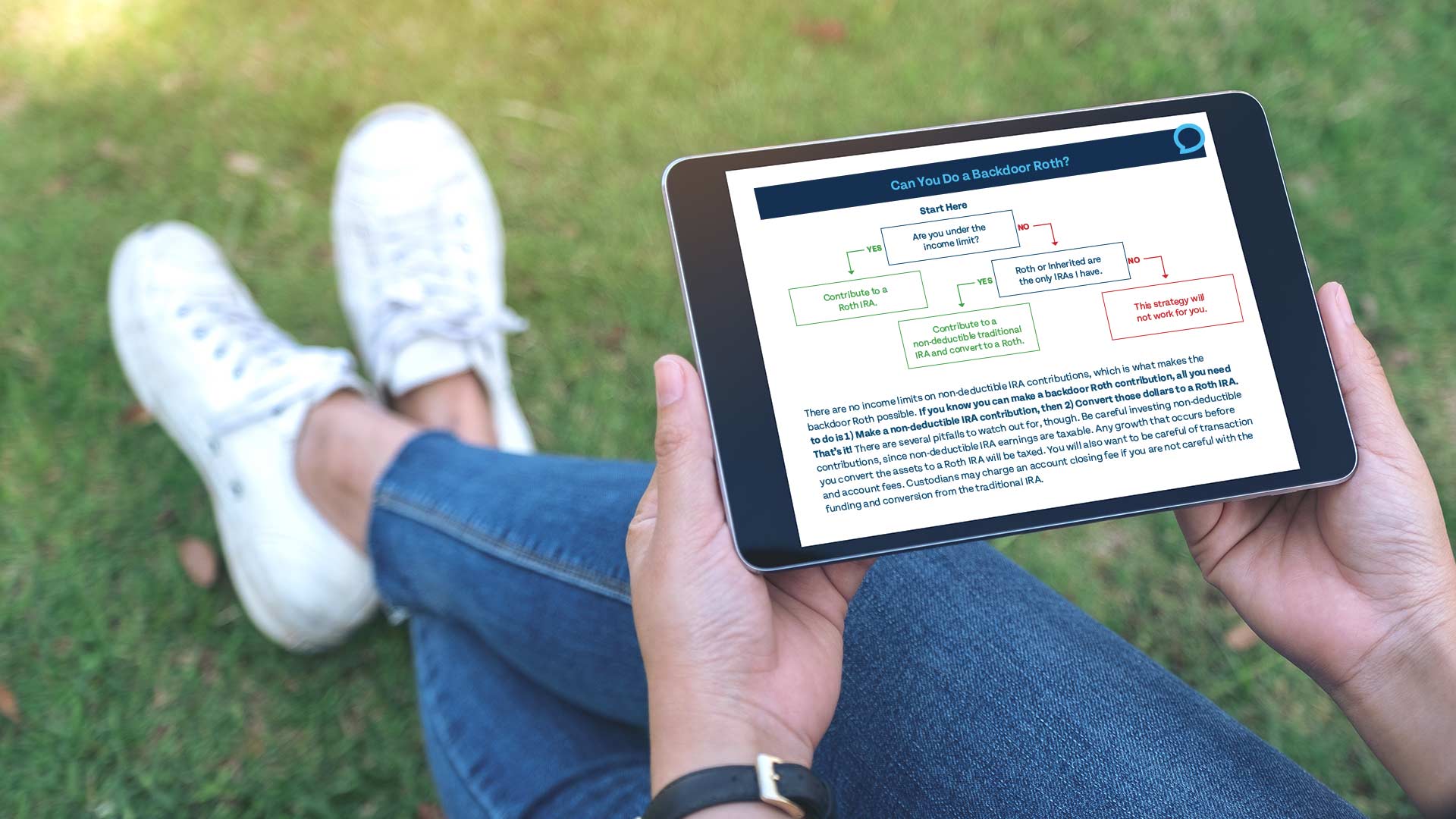If you’re like many people, you may have a 401k from a former employer that you’re considering rolling over into an IRA. But when is the best time to do so? And what are the steps you need to follow to make sure you’re making the right decision?
First, it’s important to understand your options. When you leave an employer, you typically have three options for your 401k: roll it over into an IRA, roll it over to your new employer’s 401k (if you have one), or leave it where it is (assuming the account is large enough to justify staying in the plan).
Before you decide on the best option, it’s important to consider the cost and fee differences between each option and to do a bit of due diligence. Cashing out your 401k is not a good option, as if you’re under 59 and a half, you’ll not only pay ordinary income tax on the distributions, but you’ll also get hit with a penalty. So, you want to make sure you understand which one of the three options is the best for you.
Assuming you’ve done all the work and decided that rolling over your 401k into an IRA is the right choice, here’s what you need to do:
- Find out when your company has credited all your money. Before you leave your job, make sure you’ve received all the matching money and contributions you’re entitled to. Some plans may fund for the prior year after the tax filing deadline of the following year, so you want to make sure you wait until your account is full.
- Determine if you’re fully invested or dollar cost averaging. Some people ask whether they should fully invest the money in the new IRA or dollar cost average it. The answer is to fully invest it. Dollar cost averaging is typically not necessary, even if the money comes in as a big check or cash, as it was fully invested in the 401k. You just need to liquidate it and send the check to your new custodian (either an IRA or a new 401k or 403b).
- Put the money back to work. There may be some opportunity costs for the week or two that the money is in cash, but it’s better to put the money back to work in a better plan. Even if the market goes down right after you roll over your 401k into an IRA, that’s okay, as you’re in a better plan now.
In conclusion, rolling over a 401k into an IRA can be a great way to get your retirement savings into a better plan, but it’s important to follow the steps and make the right decision for your specific situation. Don’t hesitate to reach out to a financial advisor for help if you need it.
To learn more, check out our free resources here.













